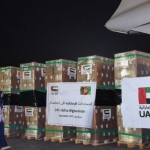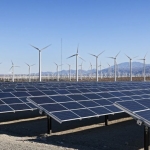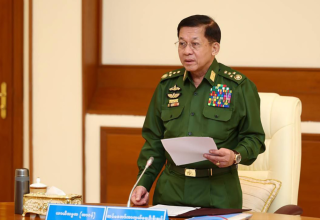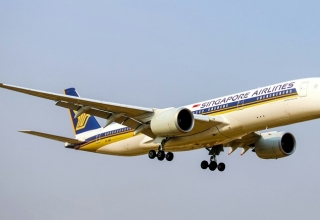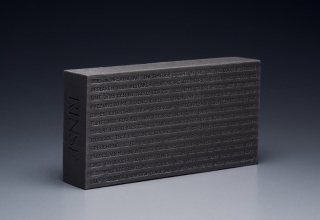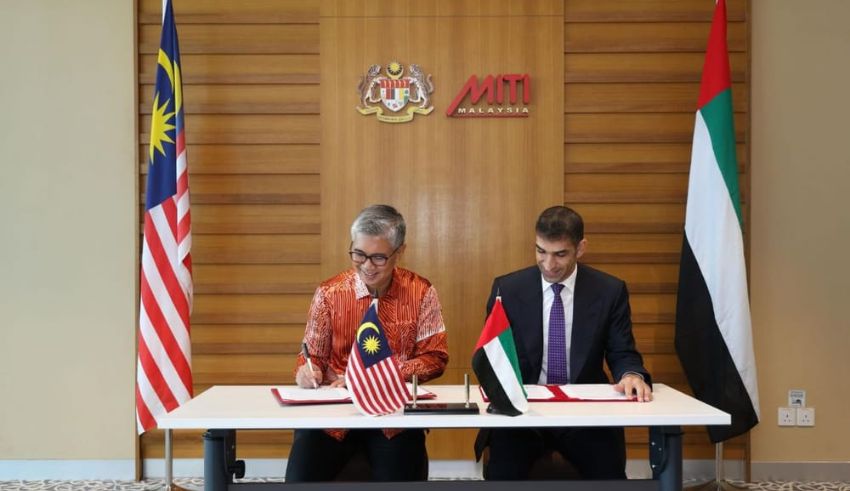
Significantly for world trade, Malaysia and the United Arab Emirates (UAE) have concluded their negotiations on a Comprehensive Economic Partnership Agreement (CEPA). Declared on October 11, 2024 by UAE Minister of State for Foreign Trade, Tengku Zafrul Aziz, and Malaysia’s Minister of Investment, Trade and Industry, Dr. Thani bin Ahmed Al Zayoudi, this historic Free Trade Agreement is set to turn economic relations between the two countries so improving trade, investment, and ties.
CEPA: Investor and Trade Catalyst
Tengku Zafrul confirmed his faith in the CEPA Malaysia by calling the first Free Trade Agreement with a Gulf Cooperation Council country. He underscored its opportunities to eliminate or reduce tariffs, cut trade obstacles, and encourage corporate sectors of both countries to cooperate. Focusing on the strategic advantages the CEPA presents for both nations, he added, “I am confident the CEPA will enhance trade, boost investments, and deepen the Malaysia-UAE economic ties”.
The CEPA aims to enhance the business climate, therefore facilitating more market access and improved trade flows. By addressing many trade issues like non-tariff barriers and customs procedures, the pact seeks to offer a more perfect trading experience. Through environmental preservation, sustainable development, and technical transfer, it also encourages cooperation to ensure that both countries may grow their economies responsibly.
Moreover, regarded as a “strategic leverage” for companies situated in the UAE, the agreement allows them to enter the ASEAN market through Malaysia. By means of integration into regional supply chains, capacity-building, and information exchange made possible by UAE investors, this will create “tremendous opportunities” for Malaysian businesses—particularly small and medium enterprises (SMEs). Tengku Zafrul reiterated the need for cooperation between the UAE Ministry for Foreign Trade and Malaysia’s Ministry of Investment, Trade, and Industry (MITI) to hope for the rapid ratification and application of the CEPA.
An Evolutionary Economic Link
The CEPA highlights the rising bilateral non-oil commerce between Malaysia and the UAE, a collaboration whose estimated value in 2023 is US$4.9 billion. First half of 2024 has already shown optimistic improvement as non-oil trade rises US$2.5 billion, a 7% increase over the same period in 2023. With a startling 32% of Malaysia’s total trade with the Arab world accounted for, the UAE Malaysia is second in Arab trade partners. Furthermore ranked fifth in the ASEAN region and the 12th largest commercial partner of UAE in Asia is Malaysia. The UAE remarkably contributes 40% of Malaysia’s exports to the Arab world, therefore highlighting Malaysia’s significant economic presence in that region.
Increasing investment flows highlight even more the growing economic relationship between these nations. Over years, the UAE has made significant investments in numerous sectors including technology, energy, and real estate inside Malaysia. Using the UAE’s strategic location and robust business environment, Malaysian companies have also expanded operations there. This reciprocal investment should get more intense as the CEPA generates more chances for cooperation and alliance.
An Aim for Future Cooperation
Understanding Malaysia as a “long-standing and trusted trade partner,” Dr. Thani remarked both nations wish to enhance their economic future by means of more trade and targeted investments. Observing long-lasting advantages for both countries and their respective territories, he expressed enthusiasm to work with Tengku Zafrul to ensure the CEPA is implemented fast. This mindset reflects the shared vision of the leaders to grab the opportunities presented by the CEPA for bettering their economic cooperation.
The UAE Part of a larger plan to strengthen ties inside the ASEAN bloc, the CEPA with Malaysia positions Malaysia as a major actor in this transforming process. With its ambitious CEPA project, which seeks to increase non-oil foreign trade to USD 1 trillion by strengthening ties with important world markets, The UAE’s focus on diversifying its economy away from oil dependence aligns rather nicely with Malaysia’s own objectives to raise its standing in world trade and investment.
The CEPA embodies a full mindset to economic cooperation, not merely trade figures in terms of repercussions. For instance, the agreement deals with digital trade and e-commerce since the digital economy is growingly important on the world stage of today. By letting cross-border data flow and therefore encourage digital trade, both countries stand to benefit from improved efficiency and inventiveness in their own markets.
Keep Reading
Especially in technology and innovation, the CEPA also fosters research and development (R&D) collaboration. This focus on R&D will enable both nations to utilize their own assets and foster an environment where new ideas could bloom. Collaboratively on technological advances, Malaysia and the UAE can enhance their competitive advantages in key industries including fintech, health tech, and renewable energy.
Moreover, the CEPA is meant to create jobs and improve general living quality in both countries. As trade and investment grow, so creating new employment opportunities as the demand for trained labor increases. Moreover stressed in the agreement is the necessity of sustainable economic development, thereby ensuring fair and ecologically friendly progress.
Malaysia wants to get even more as bilateral trade opportunities with the UAE keep expanding; already enjoying current CEPA agreements with Indonesia and Cambodia. Through this cooperation, Malaysia’s status as a significant member of the ASEAN community is expected to be reinforced, increasing its impact on the regional economy and promoting greater trade.
Not just a statement of agreement, the CEPA represents a common commitment between Malaysia and the UAE to establish a mutually beneficial economic cooperation opening new trade and investment paths. As both nations look ahead, benefiting not only their economy but also their people, the adoption of this agreement is likely to bring in a new era of economic cooperation.
Ahead: a fresh phase of cooperation
As the CEPA approaches ratification, Malaysia and the UAE are getting ready to grab the new opportunities it will produce. Given the abundance of projects under construction today, corporate executives from both countries are excited about the prospect for cooperation. Trade missions, joint ventures, and cooperation projects should bloom as the CEPA creates the route for more complete economic integration.
In their economic connection, the CEPA between Malaysia and the UAE marks a turning point at last. If trade, investment, and cooperation are promoted, this agreement will be rather advantageous for both countries since it will help them to build leaders in the ASEAN and Middle Eastern economies. As Malaysia and the UAE begin this route together, probably altering the economic picture for years to come, the CEPA is a lighthouse of possibilities.

